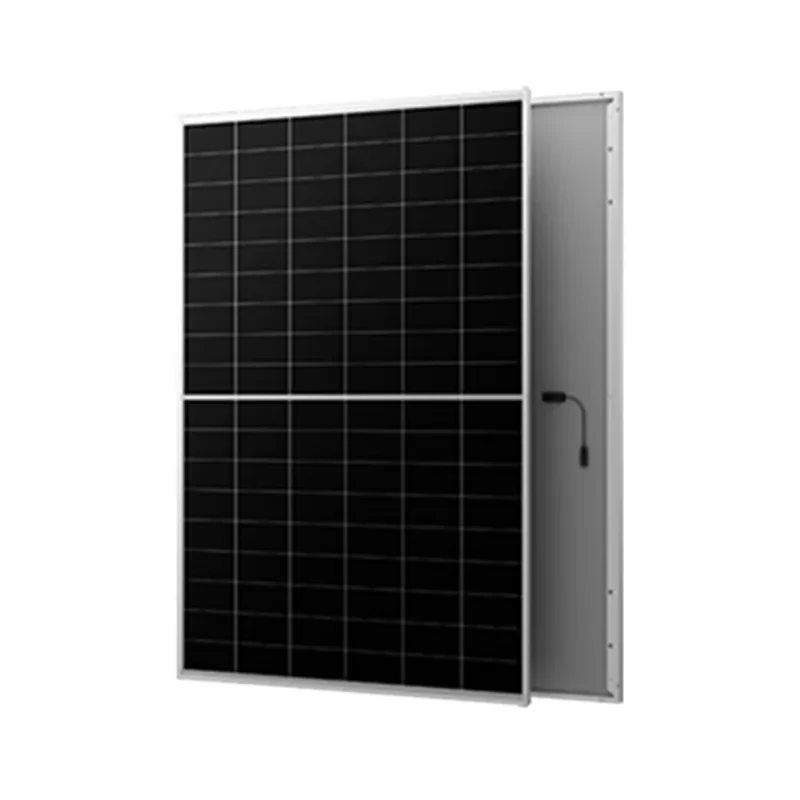solar panels for a shed roof
Harnessing Solar Energy for Your Shed Roof A Practical Guide
In today's world, renewable energy has become increasingly important as we strive for sustainability and independence from fossil fuels. One of the easiest and most effective ways to tap into renewable energy is by installing solar panels on your shed roof. This not only provides you with a clean power source but also can help reduce your energy costs and carbon footprint. In this article, we will explore the benefits of solar panels for a shed roof, considerations for installation, and tips for maximizing efficiency.
Benefits of Solar Panels for a Shed Roof
1. Renewable Energy Source Solar panels harness energy from the sun, which is a renewable resource. Unlike fossil fuels, solar energy is abundant and emits no harmful pollutants during operation.
2. Cost Savings Installing solar panels can lead to significant savings on your energy bills. By generating your own electricity, you can decrease your reliance on the grid and save money over time. Depending on your energy consumption and the size of your system, the savings can be substantial.
3. Increased Property Value Properties equipped with solar energy systems often see an increase in market value. Potential buyers are increasingly looking for homes with sustainable energy solutions, making your shed with solar panels an attractive addition.
4. Minimal Space Requirements Sheds typically have unused roof space, making them an ideal location for solar panels. This allows homeowners to utilize neglected areas without sacrificing valuable yard space.
5. Energy Independence With your own solar system, you can produce your own electricity. This independence can be particularly valuable in remote areas where access to the grid is limited or unreliable.
Considerations for Installation
Before installing solar panels on your shed roof, there are a few factors to consider
solar panels for a shed roof

1. Roof Orientation and Pitch For optimal solar energy absorption, your shed roof should ideally face south (in the northern hemisphere) and be at an angle of about 30 degrees. A flat roof can also work with the right mounting solutions.
2. Sunlight Exposure Ensure that your shed receives ample sunlight throughout the day. Large trees, buildings, or other obstructions can cast shadows, diminishing the efficiency of your solar panels.
3. System Size Assess your energy needs to determine the size of the solar panel system you'll require. A qualified solar installer can help you analyze your energy consumption and design a system that meets your needs.
4. Local Regulations and Permits Check local zoning laws and building regulations before installation. Some areas may have restrictions on solar panel installations or may require specific permits.
Tips for Maximizing Efficiency
1. Regular Maintenance Keep the panels clean and free of debris. Regularly inspect the system to ensure it operates efficiently.
2. Battery Storage Consider investing in battery storage solutions to store excess energy produced during sunny days for use at night or during cloudy days. This can help you maximize your energy independence.
3. Monitor Performance Use monitoring systems to track the energy production of your solar panels. This will help you identify any issues early and ensure your system runs smoothly.
In conclusion, installing solar panels on your shed roof is a practical and sustainable solution for generating your own electricity. With the right planning and consideration, you can harness the power of the sun, save money on energy costs, and contribute to a greener future. Whether you are looking to power your shed's lights, tools, or other equipment, solar energy is a valuable investment worth considering.
-
String Solar Inverter: The High-Efficiency Solution for Smart Solar EnergyNewsJul.14,2025
-
Revolutionizing Rooftop Energy with the Power of the Micro Solar InverterNewsJul.14,2025
-
Power Independence with Smart Off Grid Solar Inverter SolutionsNewsJul.14,2025
-
On Grid Solar Inverter: Powering the Future with Smart Grid IntegrationNewsJul.14,2025
-
Monocrystalline Solar Panels: High-Efficiency Power for the Future of Clean EnergyNewsJul.14,2025
-
Bifacial Solar Panel: A Smarter Investment for Next-Generation Energy SystemsNewsJul.14,2025







